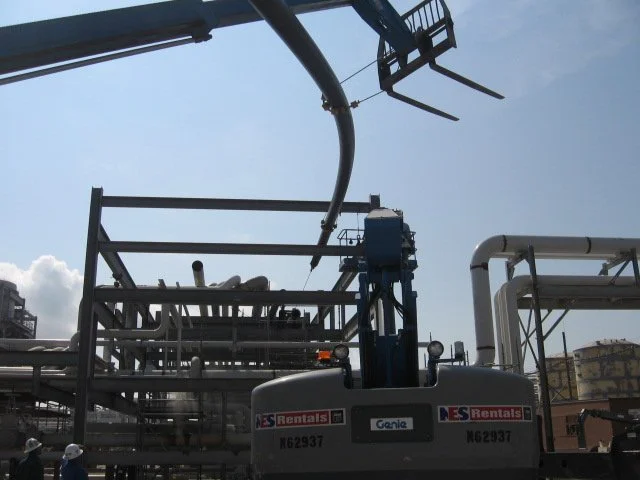
INSTALLATION
-
The host steel pipeline is subdivided into appropriate pull section lengths for
HDPE liner insertion.
-
On the job site, shorter lengths of HDPE liner are thermally fused together,
creating longer monolithic lengths to match the steel pipe segments.
-
A cable or Kevlar rope with a sizing plate and blow-down pig is sent through a steel
pipeline section.
-
At the opposite end of the steel pipe pull section, the cable is attached to a pull- head
on the matching HDPE liner.
-
The HDPE liner is pulled through a roller reduction box prior to entering the steel host
pipe.The radial compression of the HDPE liner allows it to temporarily fit within the inner
diameter of the steel pipe. This reduction in the HDPE liner’s outer diameter is maintained due
to axial tension during the pulling process.
-
Once the HDPE liner has been pulled completely through the host pipe, the tension is
released and the HDPE expands, allowing the liner to form a “friction fit” against the steel.
-
Specially machined HDPE flange “stub-ends” are used to isolate the lined segments.
Steel compression rings are utilized to ensure a leak-free connection between the HDPE
casketed steel flanges.
-
The lined segment is thoroughly tested prior to bolting up the steel flanges at which
point the pipeline is ready to be placed back in service.
